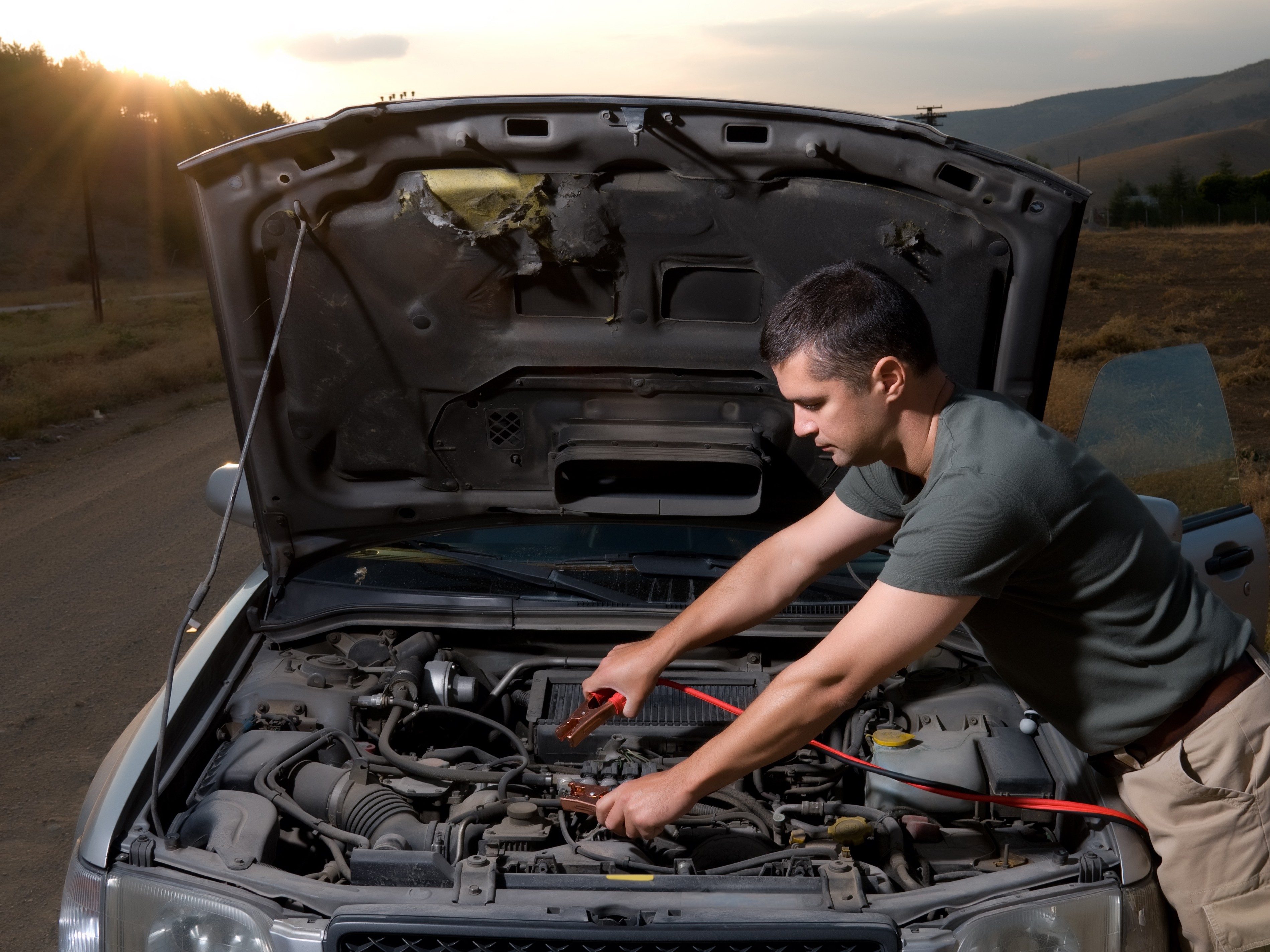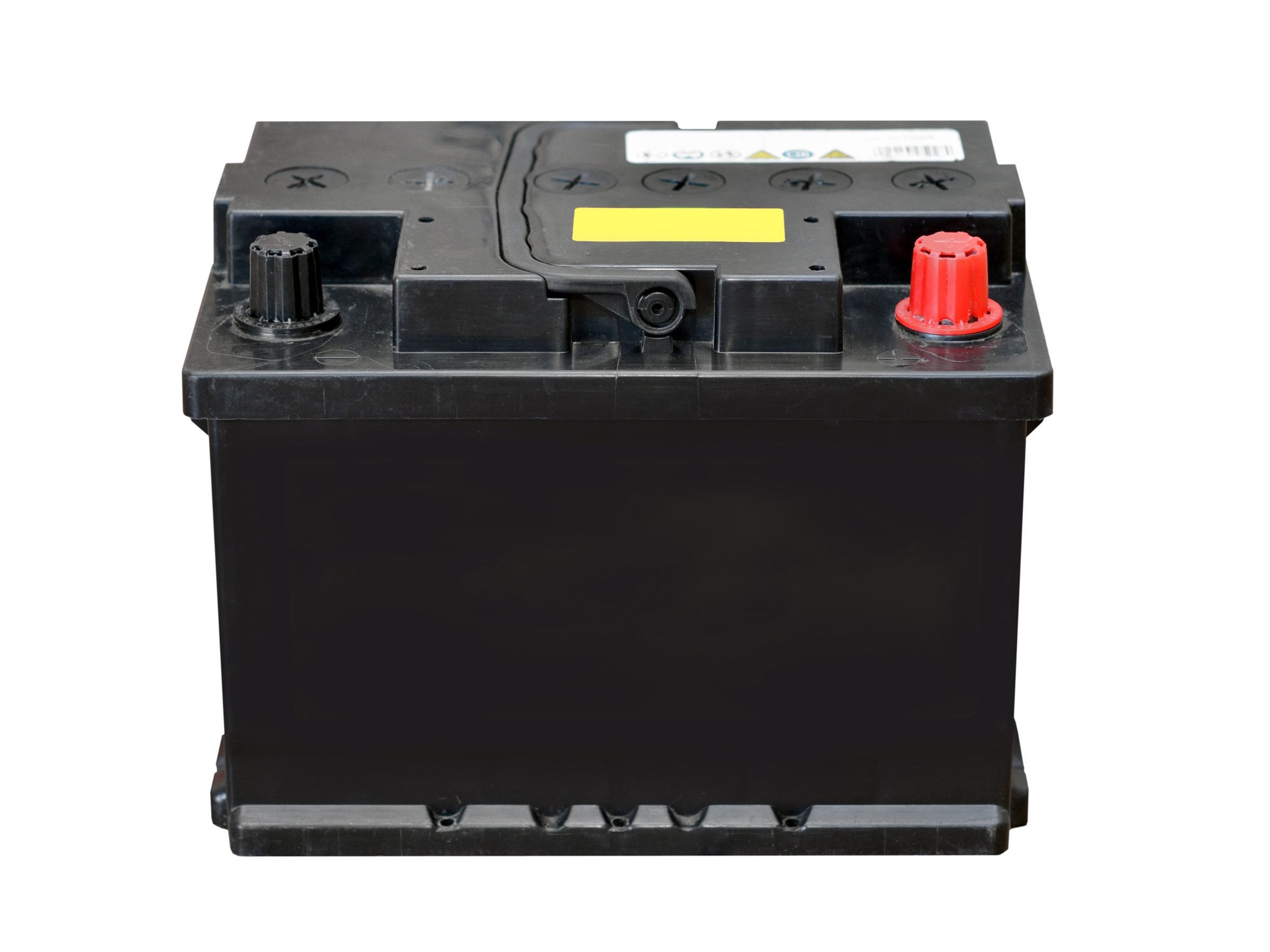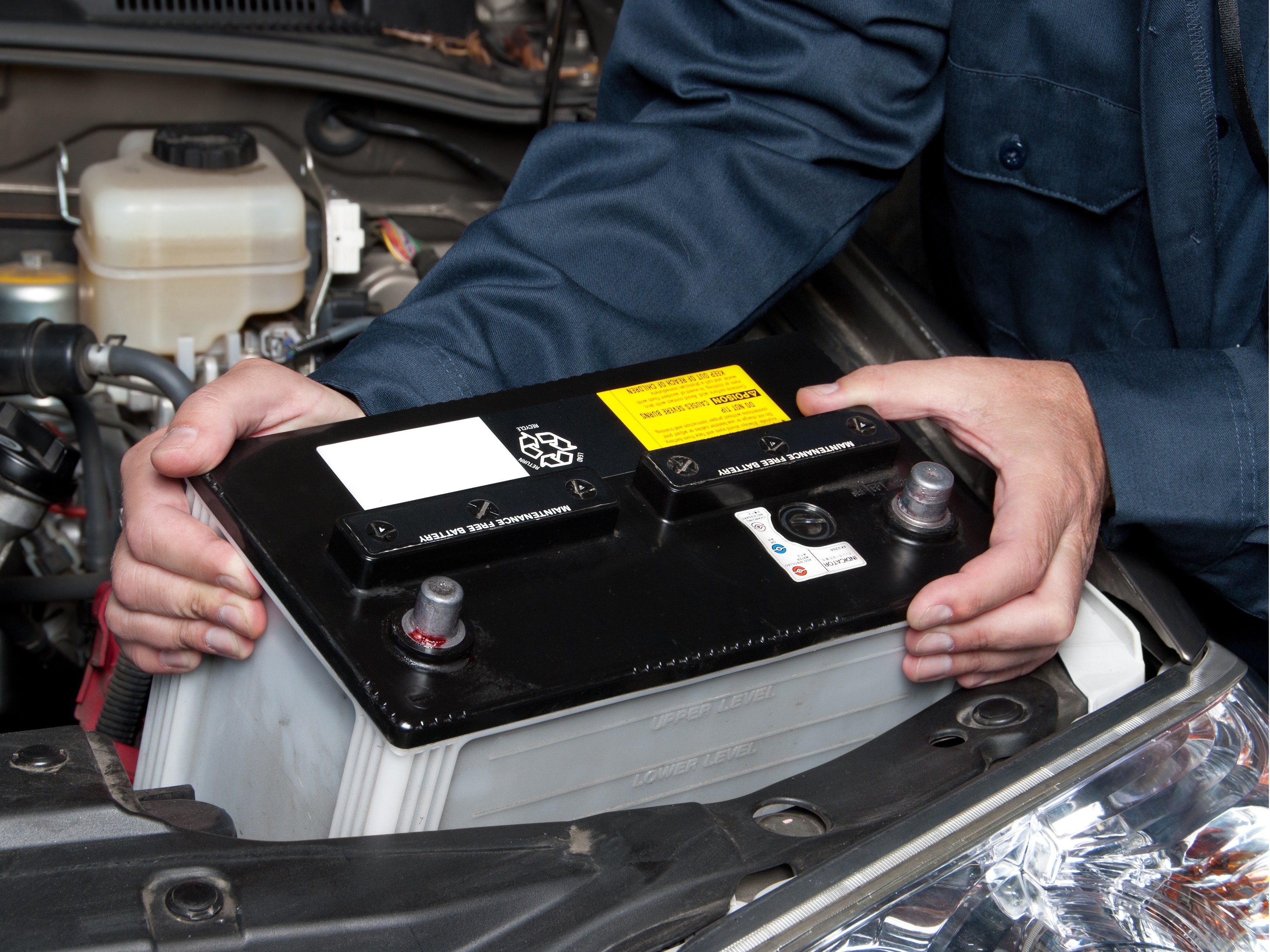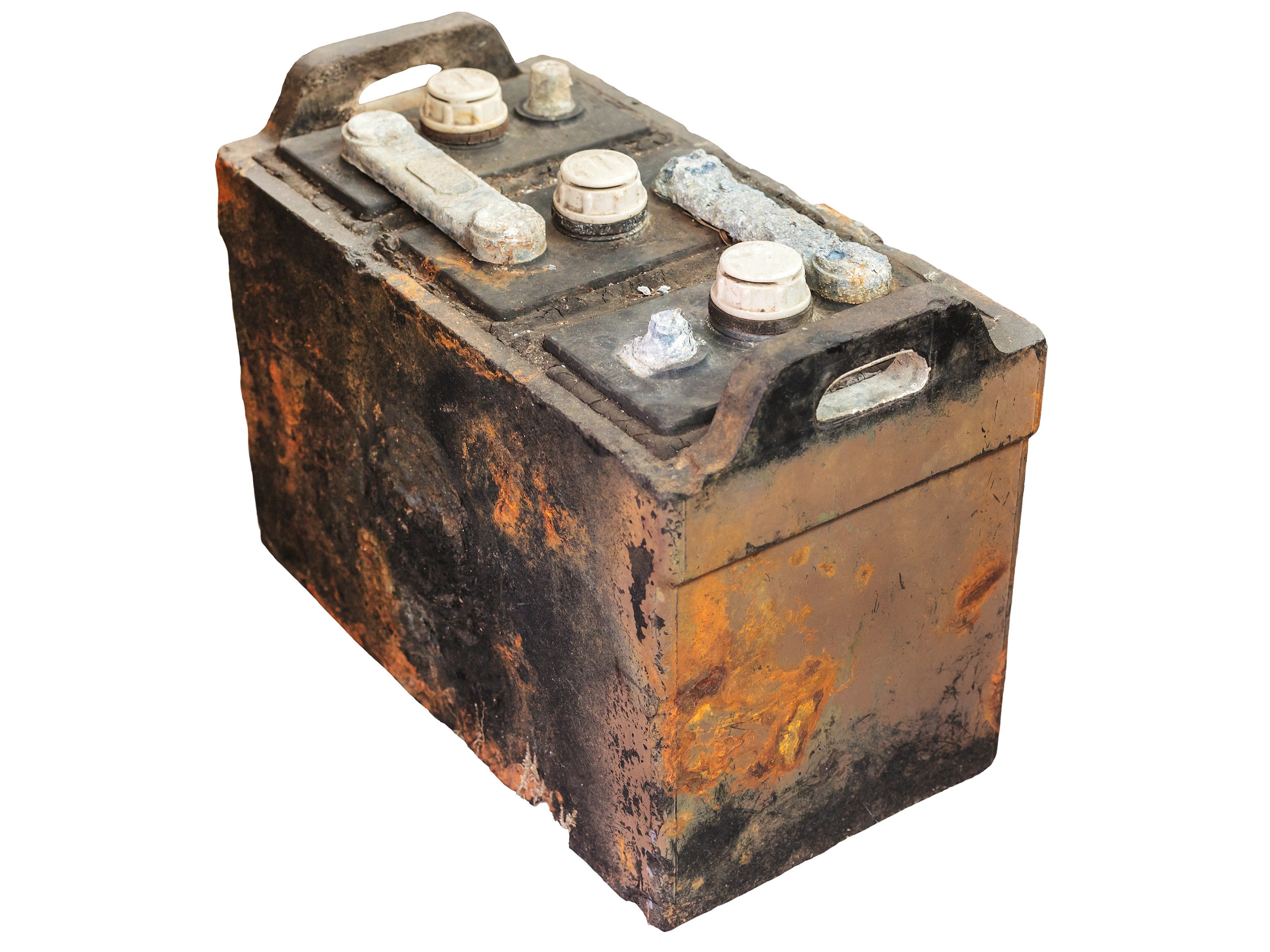
1. Choose the right car battery size
Before you can start hunting for the best car battery, you’ll need to consult your car’s owner’s manual, since it will usually specify the required battery size. If you are still not sure, you may need to check at your local auto supply store. Once you’ve got the correct size, you should consider your needs: Some batteries are specialized for certain climates and driving conditions. Hot climates with regular high temperatures, for instance, can be tough on car batteries since the electrolyte solution will evaporate more quickly. Other batteries are better suited to cars with daily stop-and-start driving habits, while the lower-end models only offer optimal performance in standard car usage scenarios.

2. Choose a fresh car battery
Prices might be much lower for car batteries that have been on the shelf for six or more months-but they are also much more likely to die sooner. Always look at the date stamp on the battery, and choose one that is no more than three months old. The date stamp is presented as a two-character code where the letter signifies the month (A for January etc.) and the number signifies the year (5 for 2015 etc.). You should be able to find the code on the top cover of the battery.

3. Choose between a sealed and non-sealed car battery
Sealed batteries require no maintenance, but they’re often not ideal in warmer climates, since you can’t add water to them to keep them cool. By contrast, non-sealed batteries (sometimes referred to as unsealed batteries) feature caps that allow for the addition of water, making them preferable for use during the summer or in any climate that regularly experiences very high temperatures. Another consideration is cranking amps, particularly for those who live in colder climates. A cold-cranking amp (CCA) system, for example, allows the battery to start the car in temperatures as low as -17 C.

4. Dispose of your old car battery
Test your old battery with a car battery charger to determine whether or not it can be salvaged and used as a spare. Your local garage will also be able to conduct a load test, which can be a useful service if you find the battery life is weakening. (You’ll likely notice the first symptoms yourself when the car’s engine takes longer to crank when you turn the key-a telltale sign of a weakening battery.) If the battery won’t hold a charge, you will need to dispose of it properly. Car batteries contain a harmful amount of lead, so you will need to take it to an auto supply store and have them dispose of it for you for a small fee.